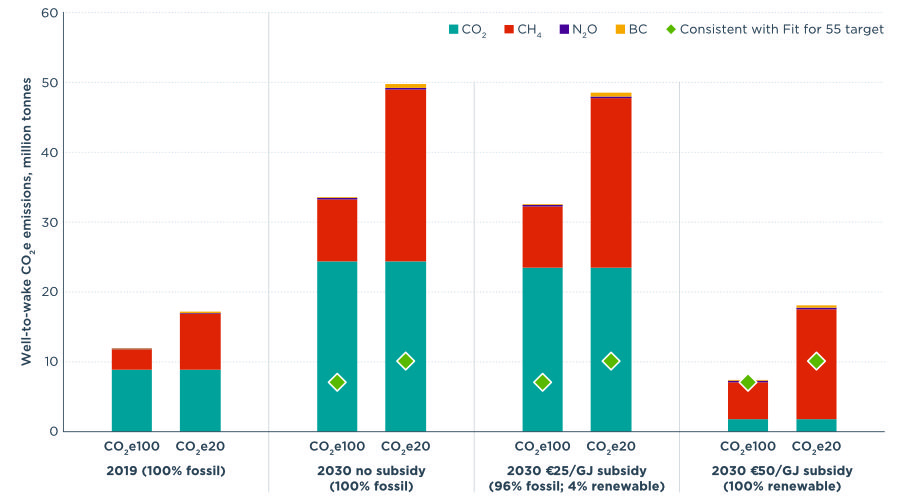September 20, 2022 GENERAL
The slide in spot earnings on the transpacific has been dramatic over the past month, and lines are redeploying ships to more profitable tradelanes.
Alphaliner has crunched the numbers to work out the revenues per nautical mile on the main east-west tradelanes with the transatlantic coming out on top by some distance.
Shanghai to California spot rates have slumped below $3,500 per feu as of last Friday, which works out at 60 cents per nautical mile, a figure that has more than halved since July. For both the Shanghai to New York and Shanghai to Rotterdam routes, revenues are now at 73 cents per nautical mile according to Alphaliner, while for the transatlantic from Rotterdam to New York the figure stands at 217.9 cents per nautical mile.
“Shifting extra tonnage to the North Europe – USEC trade can therefore be very rewarding,” Alphaliner noted in its most recent weekly report, suggesting that this might explain COSCO’s decision to replace the 8,063 OOCL Shekou with the much larger 13,092 teu COSCO Harmony on the Ocean Alliance’s TAT2 loop, although extra capacity is also needed on this tradelane to cope with the effects of port congestion.
The crash in spot rates on the transpacific is a “major concern” for the newcomers on this trade, Alphaliner reported. The route had previously been the most lucrative during most of the pandemic.
While average revenue of 60 cents per nautical mile on the transpacific is still more than double compared to pre-pandemic levels, the rapidly falling spot rates will hurt newcomers and non-alliance carriers which have fixed very expensive tonnage on the charter market, Alphaliner warned. These carriers are typically very dependent on the spot market.
Alphaliner data looking at the top 30 carriers shows Unifeeder and Sea Lead Shipping rely on chartered in tonnage for 100% of their needs, while Emirates Shipping Line has a fleet made up of 96% chartered in vessels, ZIM stands at 94%, with China United Lines (CU Lines) on 87%.
“Several of the new entrants to the Asia-Europe and Transpacific markets have significant tonnage commitments that will not allow them to easily remove their vessels in the short term,” a report from Linerlytica pointed out earlier this week.
Alphaliner has previously suggested the industry will experience a widening two-tier market differentiated by those carriers who have signed long-term contracts at elevated rates, and those relying on the softening spot market.
New analysis released this week by BIMCO forecasts headhaul and regional volume growth dropping 1-2% in 2022 with 3-4% growth in 2023 as best case.
“The fleet supply/demand balance is predicted to worsen, and although carriers can maintain a tight cargo supply/demand balance by adjusting deployment, we predict that freight rates will continue to fall. At the very least, contract rates must be expected to again move below spot rates,” the BIMCO container analysis reported.
Source: https://splash247.com/transatlantic-becomes-most-lucrative-east-west-trade/








